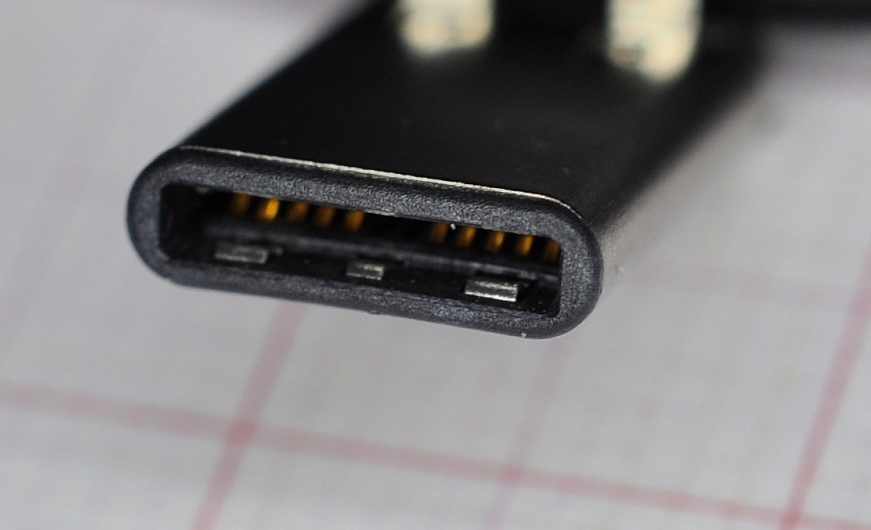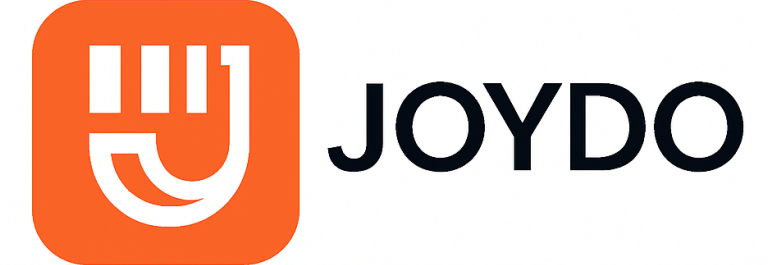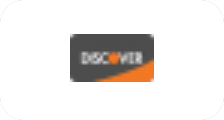What are Electronic components on PCB?
Every electronic device you use has a Printed Circuit Board(PCB). A PCB is the green or red board inside. Electronic components are the parts that sit on this board. They work together. This article is a guide. It comes from my years of working with these parts. We will talk about what they are and What they do. We will also talk about how to get the right ones for your project. You can learn from my mistakes. I have built many boards. I have seen what works and what does not. This guide will help you. It will make your projects better. It will make your work more successful and efficient. You can avoid many of the common pitfalls that new engineers face. My goal is to share my experience so you do not have to learn the hard way. Building reliable electronics is a skill that comes with time and careful practice.
The Core Relationship: Electronic Components and the PCB
Think of a PCB as a city map. The map has roads and land plots. The electronic components are the buildings. The copper traces on the PCB are the roads. The roads connect the buildings. So, the PCB gives the components a place to live. It also gives them a way to connect. This system is very good. It is much better than old ways. In the old days, people used wires. Wires made a big mess. Wires could break easily. A PCB makes a circuit strong. It makes it small. It also makes it easy to make many copies. This is very important for mass production. A good PCB design is key. If the design is bad, the components cannot work. The whole device will fail. My first projects had many problems. I learned the hard way. I learned that you must pay attention to every detail. Every trace, every pad, every component placement matters. The physical layout on the Printed Circuit Board directly affects how the electricity flows and how the signals behave. A mistake in this step can lead to a board that simply does not function, no matter how good your schematic is.

What You Need to Know
Experience is important with electronic components. You need to know which parts are good. You need to know which parts are not. There are many types of components, but they can be put into two main groups. First, we have passive components. These parts do not need power to work. Resistors, capacitors, and inductors are in this group. A resistor limits electric current. It makes sure the current does not get too high and damage other parts. For instance, an LED will burn out without a resistor to limit the current. A capacitor stores energy. It acts like a very small battery for a short time. Capacitors are used to smooth out voltage changes. An inductor creates a magnetic field when current flows through it. Inductors are very useful for filtering signals or for building power supplies. All Printed Circuit Boards use these passive parts. You must choose the right value for each part. You also must choose the right size and power rating. For example, a big resistor can handle more power without burning up. A small one will fail if the current is too high.
Then, we have active components. These parts need power to work. They can change electric signals. Transistors are a good example. A transistor can act as a switch to turn a circuit on or off. It can also amplify a small signal, making it bigger. Transistors are the building blocks of most modern electronics. Integrated Circuits (ICs) are also active components. An IC is a small chip. It has millions of transistors inside. ICs can do many complex tasks. For example, a microprocessor is an IC. It can run a computer. A memory chip is also an IC. It can store data. ICs have made devices much smaller and more powerful. So you must be an expert in your field. You must know what each component does. You must know why you need it. You must also know how it works with other parts on the PCB. You need to understand their ratings, their functions, and how they behave in a real-world circuit. This knowledge comes from experience and careful study.
Common Component Spotlight: From USB-C to Knock Sensor
Now, let's look at some specific components. They are in many modern devices. A very common one today is the USB-C connector. The USB-C is new. It is much better than older USB types. It is small. It can be plugged in either way. This is very good. You do not have to guess which side is up. USB-C can also handle a lot of power. You can use it to charge a big laptop or even a monitor. It can also transfer data very fast. On a Printed Circuit Board, a USB-C connector needs special care. It has many pins. Some of these pins carry high-speed data. The traces for these data lines must be a specific length. They must also have a specific width. This is called impedance matching. I have had boards fail because I did not get this right. The signal would not travel well. So, the data transfer was slow or did not work. This is a detail that shows real expertise.
Another interesting component is the knock sensor. A knock sensor is a sensor. It is in a car's engine. Its job is to detect engine vibrations. These vibrations are called "knocking." Knocking can damage the engine. The knock sensor turns the vibrations into an electric signal. This signal goes to the car's computer. The computer can then fix the problem. The knock sensor uses a special material. This material creates a small voltage when it vibrates. This is called the piezoelectric effect. On the Printed Circuit Board inside the car's computer, the circuit for the knock sensor must be very clean. The signal is very weak. Any noise from other components can ruin it. An experienced engineer knows this. They will design the PCB to keep this signal path clean. They will use a ground plane. They will keep other noisy parts far away. This attention to detail is what separates a working design from a failed one.

Sourcing Done Right: Finding Affordable Electronic Components
You need good parts for a good product. You also need to stay on budget. So you must find Affordable electronic components. This is a skill. It takes time to learn. You can find cheap parts online. But cheap is not always good. A cheap part can fail. It can stop your whole product from working. It can even cause a fire. Trust me, I have seen this happen. It is a big risk. A trusted professional knows the difference. They know how to balance cost and quality.
My advice on sourcing parts is simple. First, you must check the supplier. It is important to buy from a known supplier. Do not buy from a random person on a website. A good supplier will have a good reputation. They will have data sheets for their parts. They will stand behind their products. For instance, when you are looking for a supplier, you may search for a name like Joydo Electronic. A good practice is to read reviews about them. Ask other people about their experience. Next, you must compare parts, not just prices. A cheaper part may have a lower rating. It may not be as strong. For a resistor, maybe it has a lower wattage. So it cannot handle the current. For a capacitor, maybe it has a lower voltage rating. It can fail if the voltage is too high. So you must compare the technical details, not just the price tag. Then, you should buy samples first. Before you buy many parts, buy a few. Test them in your circuit. Make sure they work and they are reliable. This is a very important step. It will save you a lot of money and problems later. Finally, look for certifications. Some parts have special certifications. They may be tested for safety. This gives you more trust. It also shows the supplier is a good one.
Final Thoughts
Building electronics is a process. It needs a good plan. It needs good parts. The Printed Circuit Board is the foundation. The electronic components are the building blocks. If you use bad blocks, the house will fall. My career has been about learning from mistakes. A simple bad component can ruin a whole device. A simple mistake in a PCB layout can stop everything. You must pay attention. You must be careful. Use this guide. It will help you make better decisions. It will help you design better boards. It will also help you choose the right parts. This will lead to a better product. It will also lead to more success.









